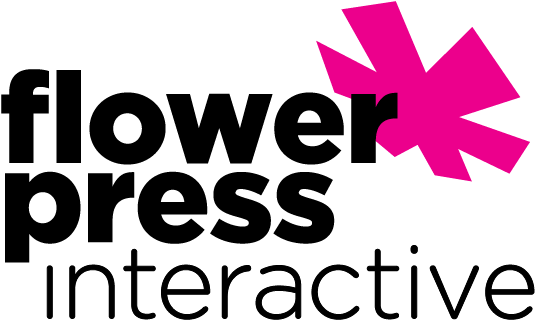
Continuing our discussion about web accessibility, how can designers utilize emerging Artificial Intelligence to make their products more accessible? Artificial Intelligence is a scalable solution to detecting and solving many accessibility issues and allowing users to be more independent. Some tools already use AI to tailor their product to users’ individual needs. AccessiBe.com, for instance, “utilizes an AI-based application that runs in the background and optimizes its accessibility level constantly.” Deque, another company focused on web accessibility, uses AI to analyze the accessibility of websites, reducing the time and expense of manual review. Equally.ai has created Flowy, a platform that uses ChatGPT to assist developers to make any website accessible in record time.
Artificial intelligence can offer many ways to increase web accessibility. Voice recognition and control options for navigation, automatically adding alt text to photos, and summarizing articles for those who have difficulty reading are just a few of the functions that AI can perform on websites. Responsive chatbots can assist users by answering questions to perform the tasks they need to accomplish. AI technology can also caption videos in multiple languages.
Automated testing is another avenue enhanced by AI advancements. Tests conducted by Artificial Intelligence can now imitate user behavior to determine if web accessibility standards, such as the Web Content Accessibility Guidelines from W3C, are met and generate reports about areas to review. When administered on a regular basis against updated standards, this makes keeping existing websites in compliance a much simpler and less time-consuming task.
These are just some of the ways AI can currently help UX designers make their products accessible. As AI evolves, it will continue to be an asset in the initiative to create inclusive user experiences online.



